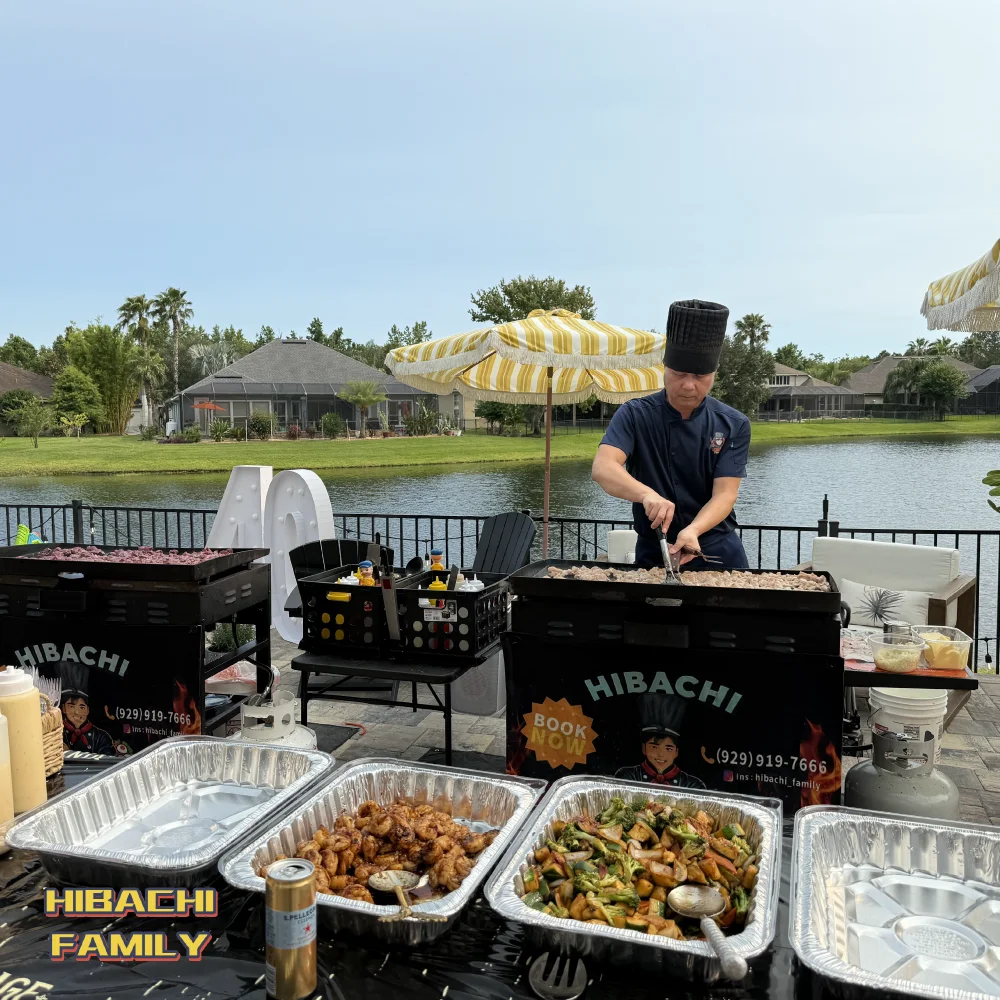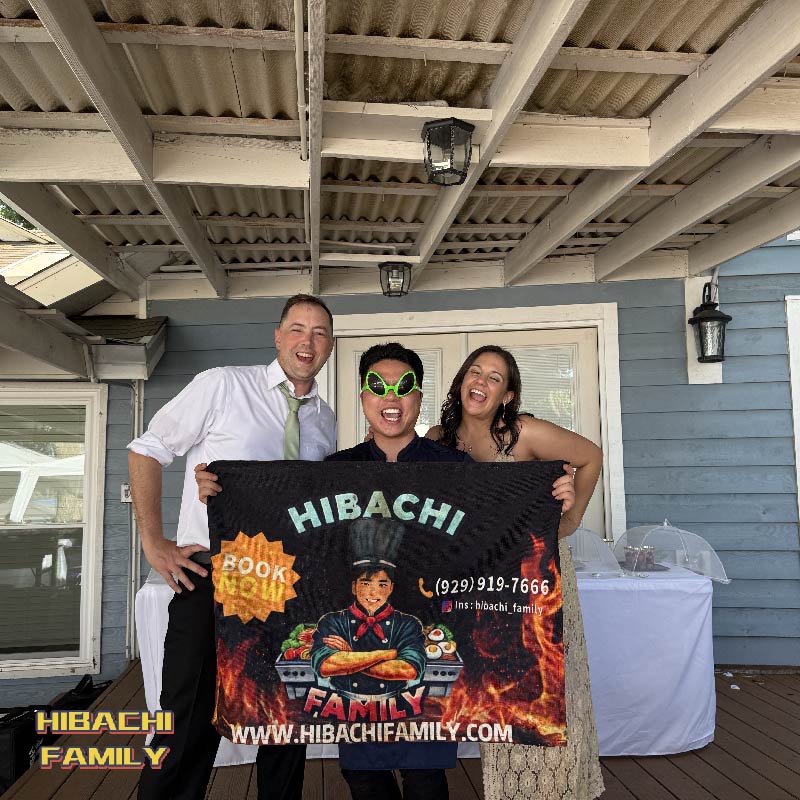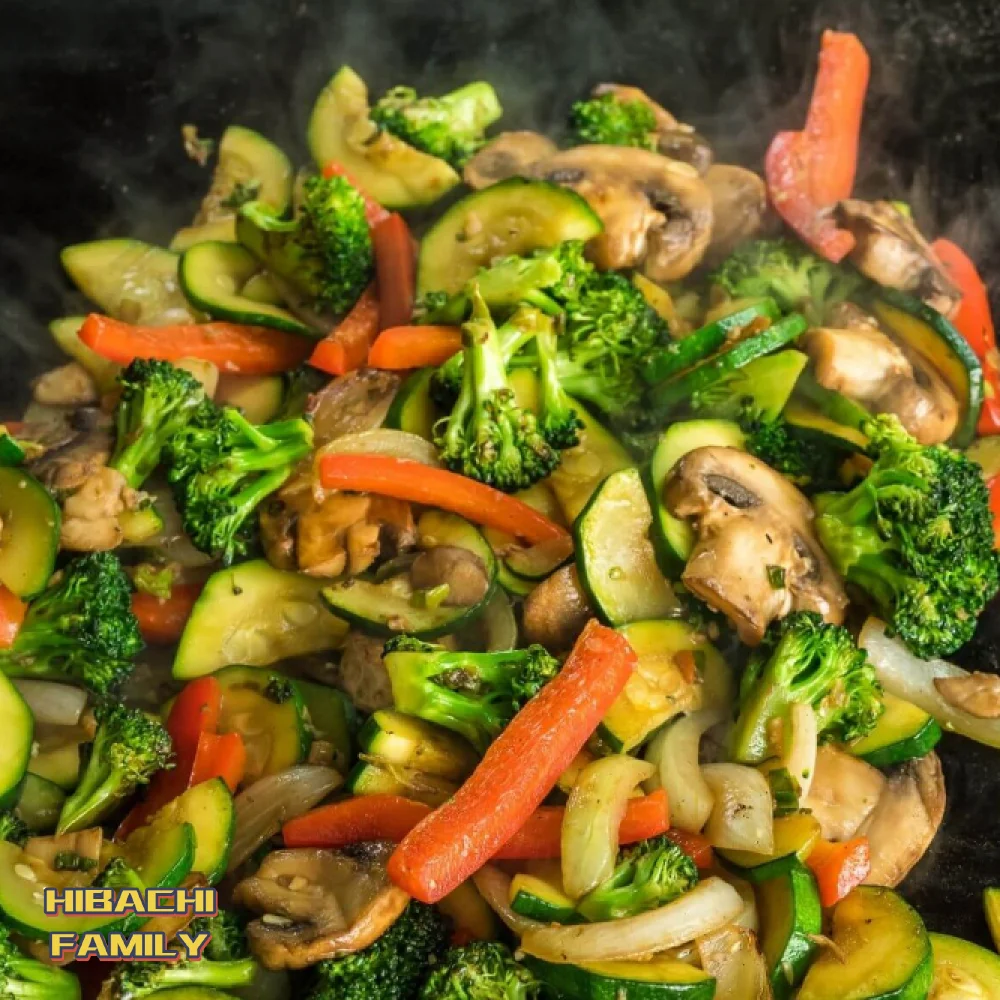When you’re craving Japanese flavors, two words often pop up on menus: hibachi and teriyaki. But while both bring mouthwatering tastes to the table, they refer to very different cooking styles and flavors. If you’ve ever wondered what’s the difference between hibachi and teriyaki, you’re not alone. Many diners use them interchangeably, but understanding how they differ can help you order exactly what you want — or even inspire your next backyard hibachi party.
In this guide, we break down hibachi vs teriyaki, so you can enjoy authentic Japanese-inspired meals with confidence.
What is Hibachi?
The term hibachi comes from the Japanese word 火鉢, meaning “fire bowl.” Traditionally, it’s a small, open-top charcoal grill used for cooking meat, seafood, and vegetables directly over an open flame. In Japan, hibachi grilling is all about simplicity — letting the natural flavors of ingredients shine with a smoky char from high heat.
In American dining, however, “hibachi” often refers to meals cooked on a flat-top grill (technically teppanyaki) at Japanese steakhouses, where chefs entertain guests with impressive knife skills and fiery displays. Whether traditional or Westernized, hibachi cooking focuses on quick, high-heat grilling with minimal seasoning, often highlighting soy sauce, garlic, and ginger to complement the smoky flavor.
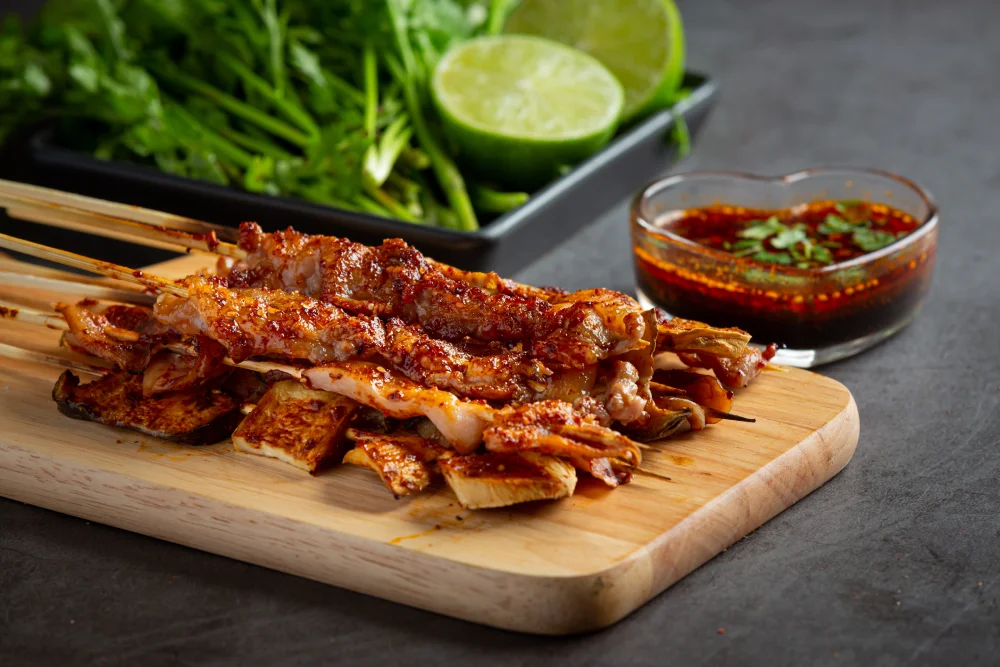
What is Teriyaki?
Teriyaki is both a cooking technique and a distinct sweet-savory sauce. The word comes from teri (照り), meaning “glossy or shiny,” and yaki (焼き), meaning “grilled or broiled.” Teriyaki sauce is made from soy sauce, mirin (or sake), sugar, and sometimes ginger or garlic, creating a thick, sticky glaze that coats meat, seafood, or tofu.
In teriyaki cooking, the protein is marinated or brushed with teriyaki sauce before and during grilling or pan-cooking, giving the dish a caramelized, shiny finish. Unlike hibachi’s emphasis on char and smoky flavors, teriyaki centers on the sweet, umami-rich sauce as the star of the dish.
Hibachi vs Teriyaki: The Main Differences
So, what is the difference between hibachi and teriyaki? Here’s a quick comparison:
| Feature | Hibachi | Teriyaki |
| Cooking Style | Grilled over charcoal or flat-top grill | Pan-grilled or broiled with sauce |
| Key Flavor | Smoky, savory, minimal sauce | Sweet, glossy, soy-based sauce |
| Ingredients | Meats, seafood, vegetables | Chicken, beef, salmon, tofu |
| Sauce | Light soy sauce or garlic butter | Thick teriyaki sauce (soy, mirin, sugar) |
| Experience | Entertaining, interactive grilling | Focused on sweet-salty glazed flavors |
In short: hibachi is all about smoky grilled flavors with minimal sauces, while teriyaki is defined by its signature sauce that caramelizes on the food.
Turn Every Occasion Into a Hibachi Celebration
Bring the thrill of live hibachi to your home with a private chef who cooks, entertains, and dazzles your guests. From birthdays to backyard parties, enjoy fire-kissed flavors, incredible showmanship, and memories that go far beyond dinner.
Why Are Hibachi and Teriyaki Often Confused?
The confusion comes from many American Japanese steakhouses offering both hibachi and teriyaki dishes on the same menu — sometimes even combining them, like “hibachi chicken with teriyaki sauce.” Because they’re both popular with Western diners and often served together, people mistakenly think they’re similar or interchangeable.
This leads to common searches like hibachi vs teriyaki, teriyaki vs hibachi, and difference between hibachi and teriyaki — but now you know the real story!
When Should You Choose Hibachi or Teriyaki?
- Choose hibachi if you love the smoky, charred taste of grilled meats and vegetables, and enjoy the showmanship of chefs cooking tableside.
- Choose teriyaki if you prefer a sweet-savory, saucy dish with rich umami notes.
At Hibachi Family, our experienced chefs specialize in hibachi-style cooking, creating entertaining, interactive events where guests enjoy freshly grilled meats, seafood, and vegetables with customizable sauces — including teriyaki, for those who want the best of both worlds.
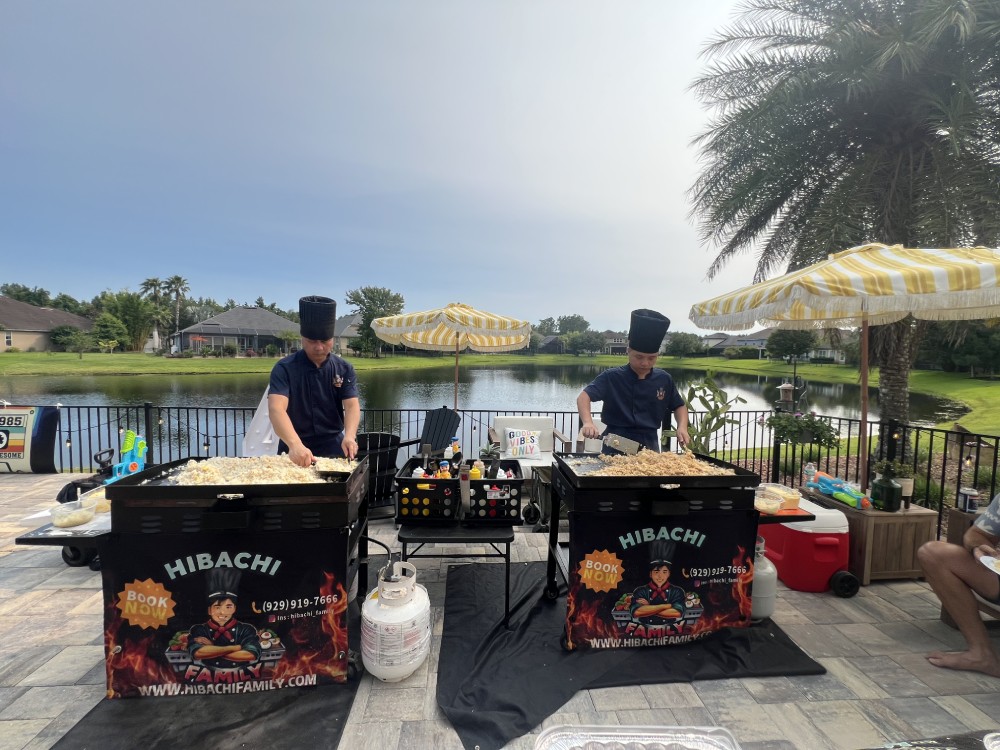
Hibachi Family: Bringing Authentic Hibachi to Your Event
At Hibachi Family, we cater private events like birthdays, weddings, and backyard parties across Florida. Our professional chefs cook fresh hibachi meals on-site, delivering an interactive, entertaining experience your guests will never forget.
Whether you’re in Jacksonville, Orlando, Tampa, Miami, or North West Florida, we bring the best of hibachi directly to you — no restaurant required.
Final Thoughts
While hibachi and teriyaki are both beloved staples of Japanese-inspired dining, they offer very different experiences. Hibachi focuses on high-heat grilling and smoky simplicity, while teriyaki is all about the sweet, savory sauce that creates a sticky, caramelized finish.
Next time you’re planning a special event, why not combine the best of both worlds? Visit Hibachi Family to book your private chef and bring an unforgettable hibachi experience — with teriyaki options — right to your backyard.
Curious about the difference between hibachi and teppanyaki? Check out our blog on Hibachi vs Teppanyaki: What’s the Difference? to learn more!



